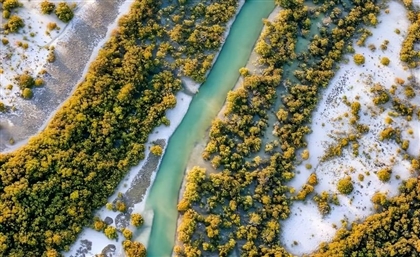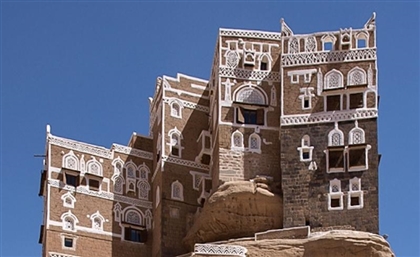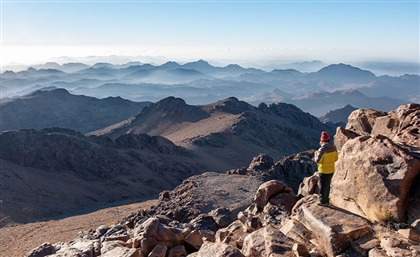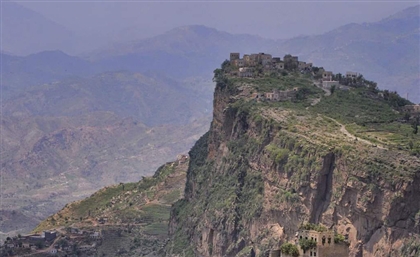This Village in Qatar Is Where Kitesurfers & Turtles Share the Shore
Where rock carvings, migrating birds, and ancient mosques meet kite surfers and nesting turtles—Fuwayrit is a quiet, layered landscape on Qatar’s northern edge unlike anywhere else.
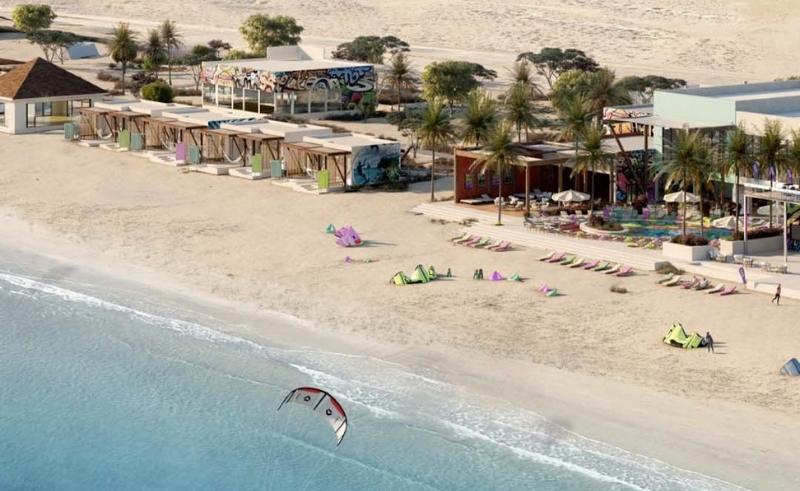
Long before Qatar’s skyline reached into the clouds, and even before Doha emerged as the country’s capital, the northern coast played a quieter but foundational role in shaping the nation’s story. Fuwayrit, a small village along this shoreline, is one of the last places where that early rhythm can still be heard—not through curated exhibitions or staged traditions, but through wind, stone, water, and a kind of silence that’s never empty.
Located roughly 91 kilometres from Doha, Fuwayrit once served as a coastal stop of real political consequence. In the 19th century, the village briefly served as a coastal refuge for members of the Al Thani family as they journeyed southward from Zubarah in search of fresh alliances and more stable ground. While that moment may have been fleeting, it left behind a geographic and symbolic footprint: Fuwayrit wasn't just another fishing hamlet—it was part of a slow, deliberate shaping of Qatar’s political core. Today, the village no longer hums with trade or tribal movement, but it still holds something of that early weight, buried beneath layers of sand and time.

The remnants of daily life are subtle. The village mosque, believed to have been built in the early 20th century and later reconstructed in the 1960s, remains one of the few standing testaments to its residential past. It's built using the same materials that would have been used centuries before—coral stone, wooden beams, and compacted mud. The minaret is simple, cylindrical, and distinct, with five balconies that once signaled the call to prayer but may have also offered a lookout over sea and sand. Unlike the more polished restoration projects found closer to urban centers, Fuwayrit’s mosque feels lived-in, almost raw.
Yet the draw of Fuwayrit isn’t limited to what was built, but what was carved. Just inland from the village rises Jebel Fuwayrit, a stony ridge formed by aeolian deposits over Eocene limestone. The climb is short, but what you find at the top pulls you back centuries. Etched across the surface of the rock are more than a hundred petroglyphs—cup marks, game boards, and abstract patterns, some resembling the shape of dhows. These weren’t decorations. They were tools, traces of ritual and economy, likely used by pearl divers and fishermen who once relied on the coastline below. Their placement at the highest points of the ridge suggests a practical role as well—perhaps to spot returning boats, or to sort pearls by quality and size. Unlike most rock art around the world, the carvings here don’t scream for attention. They’re shallow, weathered, and half-swallowed by shifting sands. You have to kneel close to see them properly. That alone feels like a kind of ceremony.

Down below, the beach stretches open and soft, with a pale sand that seems to shift color depending on the time of day. In recent years, this stretch has become one of Qatar’s most vital nesting zones for hawksbill sea turtles. Between April and July, conservation patrols monitor the coastline, keeping visitors at bay while nests are marked, counted, and protected. In a single season, Fuwayrit can account for nearly a third of all sea turtle nests in the country. It’s a fragile, seasonal kind of magic, but one that shapes the rhythm of the area far more than any resort could.
And yet, tourism has found its way here—not through malls or megaprojects, but through wind. Steady breezes and shallow waters have turned Fuwayrit into a hub for kitesurfing, with enthusiasts drawn by its uninterrupted coastline and casual vibe. In 2022, Hilton opened the Fuwairit Kite Beach Resort, a 50-key boutique stay built specifically for the sport. The resort brought some infrastructure, but hasn’t overwhelmed the land. The place still feels open, underdeveloped in the best way, and free of the noise that often comes with new construction.
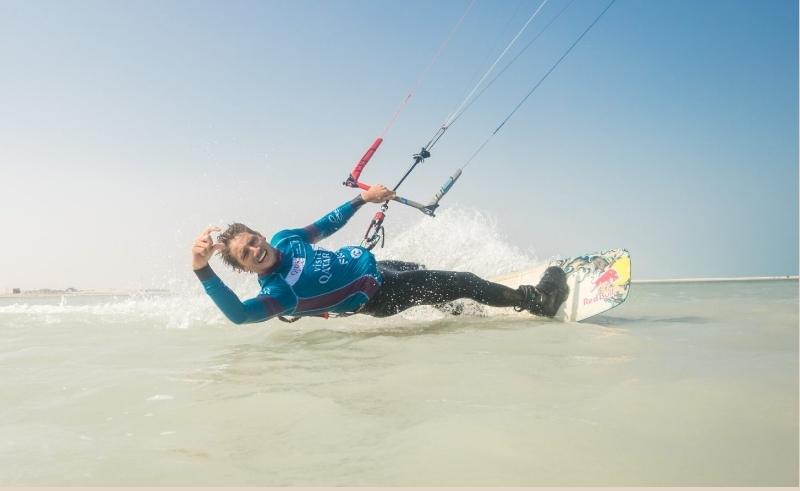
The waters themselves are inviting—not just for kitesurfers, but for those looking to snorkel, swim, or dive into Qatar’s gentler seascapes. The shallows are calm and clear, making Fuwayrit an ideal entry point for beginner divers or travelers simply curious about the underwater ecosystems lining the Gulf. Closer to the tidal flats, the coastline supports an astonishing range of birdlife. Herons, flamingoes, and over fifty species of migratory birds have been recorded here, often nesting in low dunes or feeding in the lagoonal mudflats. Even the coastal vegetation has adapted to the rhythms of change—mangroves have expanded dramatically in recent decades, thanks in part to reduced grazing and human pressure.
Unlike Doha’s newer destinations, Fuwayrit doesn’t try to do everything. It doesn’t overperform or overwhelm. It sits quietly along the water, carrying a rhythm of its own—a blend of historic weight, ecological fragility, and adventure potential. You can come here for the kitesurfing or the turtle watching, the ridge hikes or the birdwatching. You can come to photograph the mosque, to study the petroglyphs, or to dive along a coastline that still feels personal. Or you can come for no other reason than to find space.
- Previous Article This Escape Hotel in Saudi Turns Your Stay Into a Survival Game
- Next Article Six Unexpected Natural Wonders to Explore in Egypt




